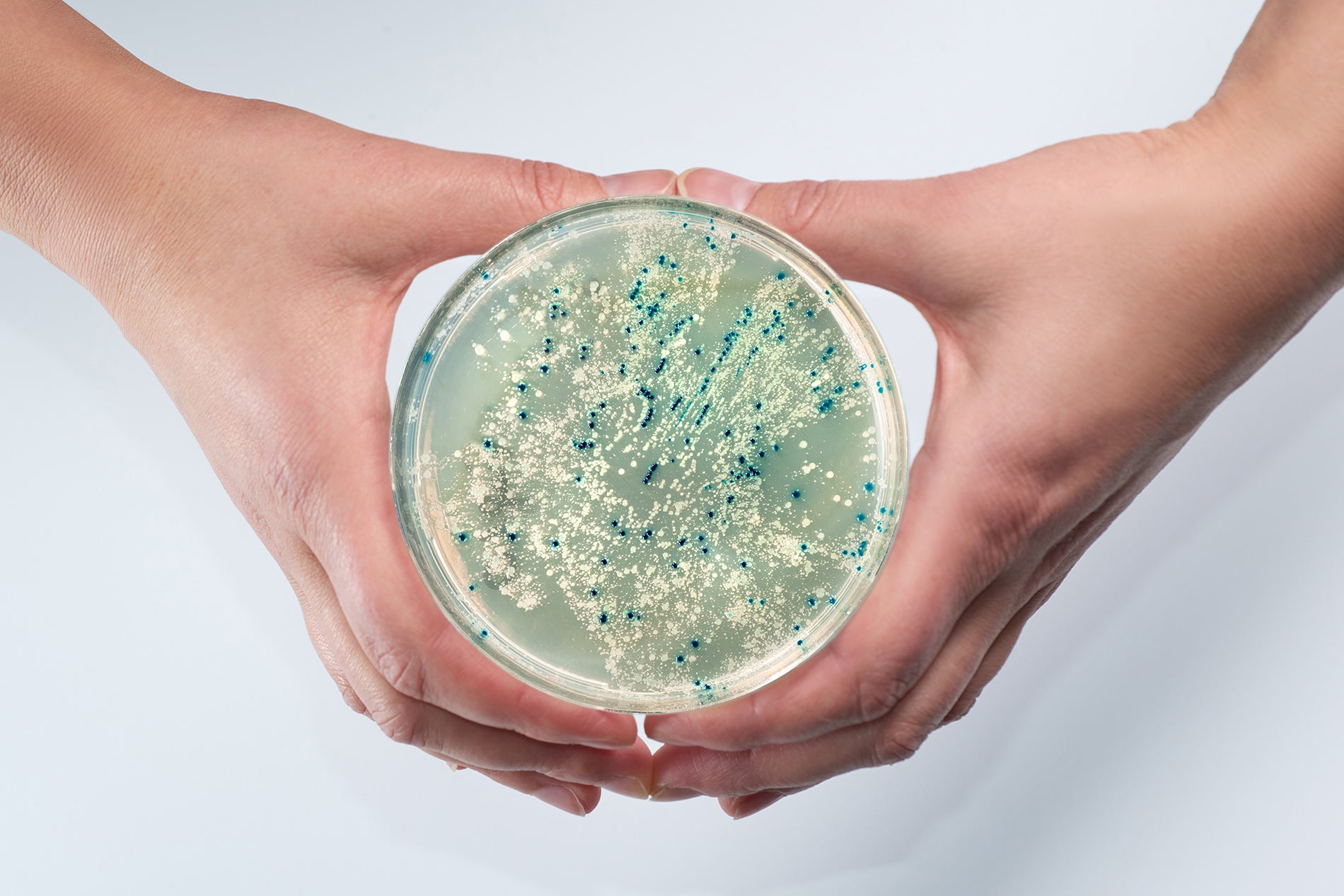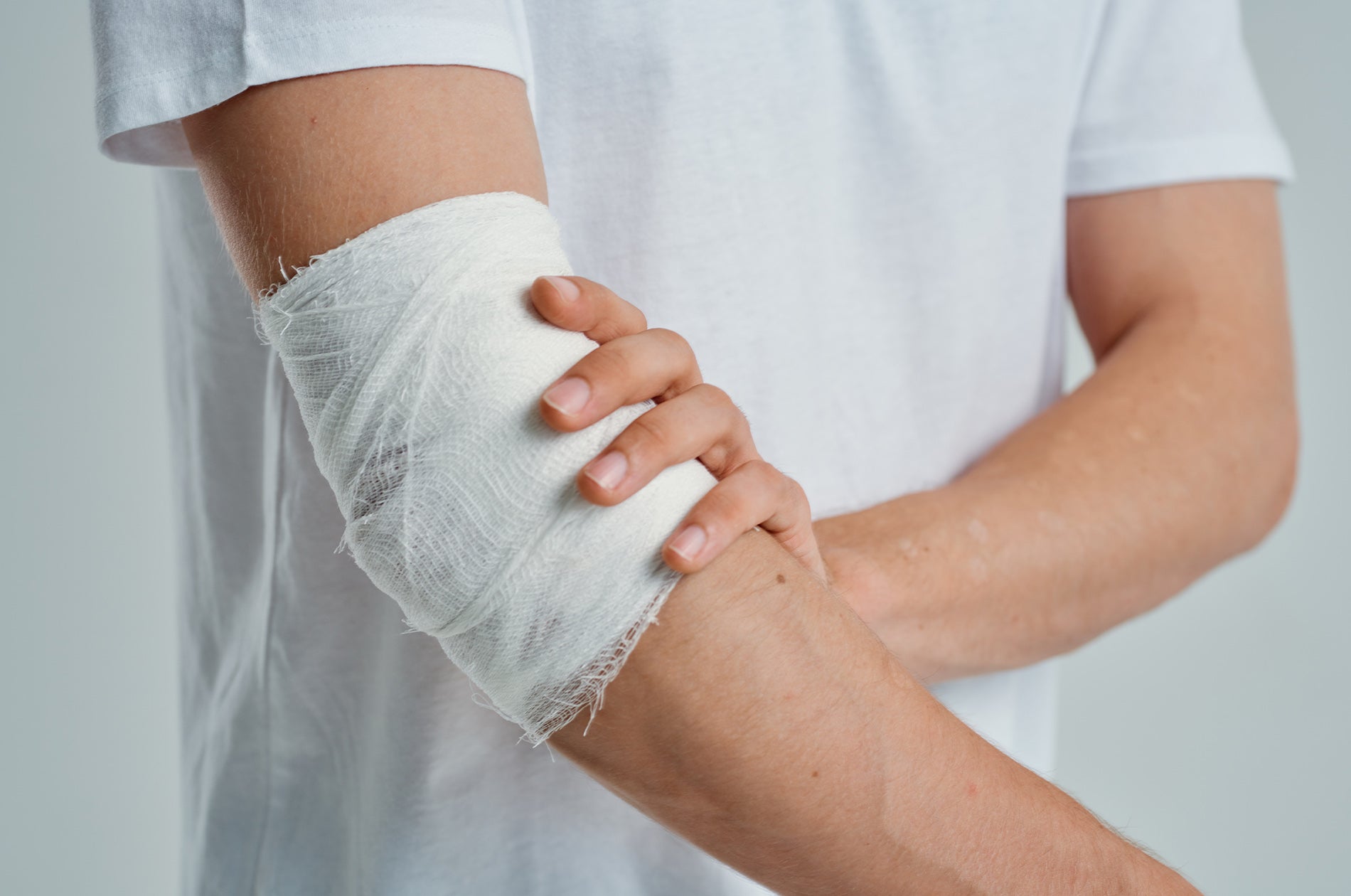
Efficacy of Electrolyzed Oxidizing Water for Inactivating Escherichia coli O157:H7, Salmonella enteritidis, and Listeria monocytogenes
American Society for Microbiology
September, 1999
Abstract
The efficacy of electrolyzed oxidizing water for inactivating Escherichia coli O157:H7, Salmonella enteritidis, and Listeria monocytogenes was evaluated. A five-strain mixture of E. coli O157:H7, S. enteritidis, or L. monocytogenes of approximately 108 CFU/ml was inoculated in 9 ml of electrolyzed oxidizing water (treatment) or 9 ml of sterile, deionized water (control) and incubated at 4 or 23°C for 0, 5, 10, and 15 min; at 35°C for 0, 2, 4, and 6 min; or at 45°C for 0, 1, 3, and 5 min. The surviving population of each pathogen at each sampling time was determined on tryptic soy agar. At 4 or 23°C, an exposure time of 5 min reduced the populations of all three pathogens in the treatment samples by approximately 7 log CFU/ml, with complete inactivation by 10 min of exposure. A reduction of ≥7 log CFU/ml in the levels of the three pathogens occurred in the treatment samples incubated for 1 min at 45°C or for 2 min at 35°C. The bacterial counts of all three pathogens in control samples remained the same throughout the incubation at all four temperatures. Results indicate that electrolyzed oxidizing water may be a useful disinfectant, but appropriate applications need to be validated.
Enterohemorrhagic Escherichia coli O157:H7, Salmonella enteritidis, and Listeria monocytogenes are food-borne pathogens of major public health concern in the United States. A variety of foods, including poultry, eggs, meat, milk, fruits, and vegetables, have been implicated as vehicles of one or more of these pathogens in outbreaks of food-borne illness (2, 4, 5). The Pathogen Reduction program of the U.S. Department of Agriculture Food Safety and Inspection Service recommends antimicrobial treatments as a method for reducing or inactivating pathogenic bacteria in foods (13). Effective methods of reducing or eliminating pathogens in foods are important to the successful implementation of Hazard Analysis and Critical Control Point (HACCP) programs by the food industry and for the establishment of critical control points in restaurants, homes, and other food service units. Washing of raw agricultural produce with water is practiced in the industry; however, washing alone does not render the product completely free from pathogens. Although many chemicals generally recognized as safe (GRAS), including organic acids, possess antimicrobial activity against food-borne pathogens, none can eliminate high populations of pathogens when they are used individually at concentrations acceptable in foods. Treatments of fruits and vegetables with water containing sanitizers, including chlorine, may reduce but not eliminate pathogens on the surface of produce (2, 14). Hence, there is a need for, and interest in, developing practical and effective antimicrobial treatments for the inactivation of pathogenic microorganisms on foods.
Electrolyzed oxidizing water (EO water) is the product of a new concept developed in Japan. Research carried out in Japan revealed that electrolysis of deionized water containing a low concentration of sodium chloride (0.1%) in an electrolysis chamber where anode and cathode electrodes were separated by a diaphragm imparted strong bactericidal and virucidal properties to the water collected from the anode (EO water). Water from the anode normally has a pH of 2.7 or lower, an oxidation-reduction potential (ORP) greater than 1,100 mV, and a free-chlorine concentration of 10 to 80 ppm (10). EO water has been experimentally used in Japan by medical and dental professionals for treating wounds or disinfecting medical equipment. The objective of this study was to evaluate the efficacy of EO water for killing E. coli O157:H7, S. enteritidis, and L. monocytogenes with a view to its potential application to foods and food contact surfaces as an antimicrobial treatment.
Bacterial culture and media
Five strains each of E. coli O157:H7, S. enteritidis, and L. monocytogenes were used for the study. The five strains of E. coli O157:H7 (with origins in parentheses following strain designations) were E06 (milk), E08 (meat), E10 (meat), E16 (meat), and E22 (calf feces). The S. enteritidis isolates included SE180 (human), SE457 (egg), SE565 (salad), SE294 (egg), and SE1697 (human). The five strains of L. monocytogenes were LM ATCC 19117 (sheep), LM101 (salami), LM109 (pepperoni), LM116 (cheese), and LM201 (milk). The E. coli O157:H7 and L. monocytogenes strains, but not ATCC 19117, were isolated by one of the authors, whereas the S. enteritidis isolates were obtained from the Centers for Disease Control and Prevention, Atlanta, Ga. The strains of each pathogen were cultured separately in 100 ml of sterile tryptic soy broth (TSB) (Difco Laboratories, Detroit, Mich.) in 250-ml Erlenmeyer flasks at 37°C for 24 h with agitation (150 rpm). Following incubation, 10 ml of each culture was sedimented by centrifugation (4,000 × g for 20 min), washed, and resuspended in 10 ml of 0.1% peptone water (pH 7.1). The optical density of the suspension was determined and adjusted with 0.1% peptone water to 0.5 at 640 nm (representing approximately 109 CFU/ml). The bacterial population in each culture was confirmed by plating 0.1-ml portions of appropriately diluted culture on tryptic soy agar (TSA) (Difco Laboratories) plates and incubating the plates at 37°C for 48 h. For each pathogen, equal portions from each of the five strains were combined, and 1 ml of the suspension was used as the inoculum (109 CFU).


